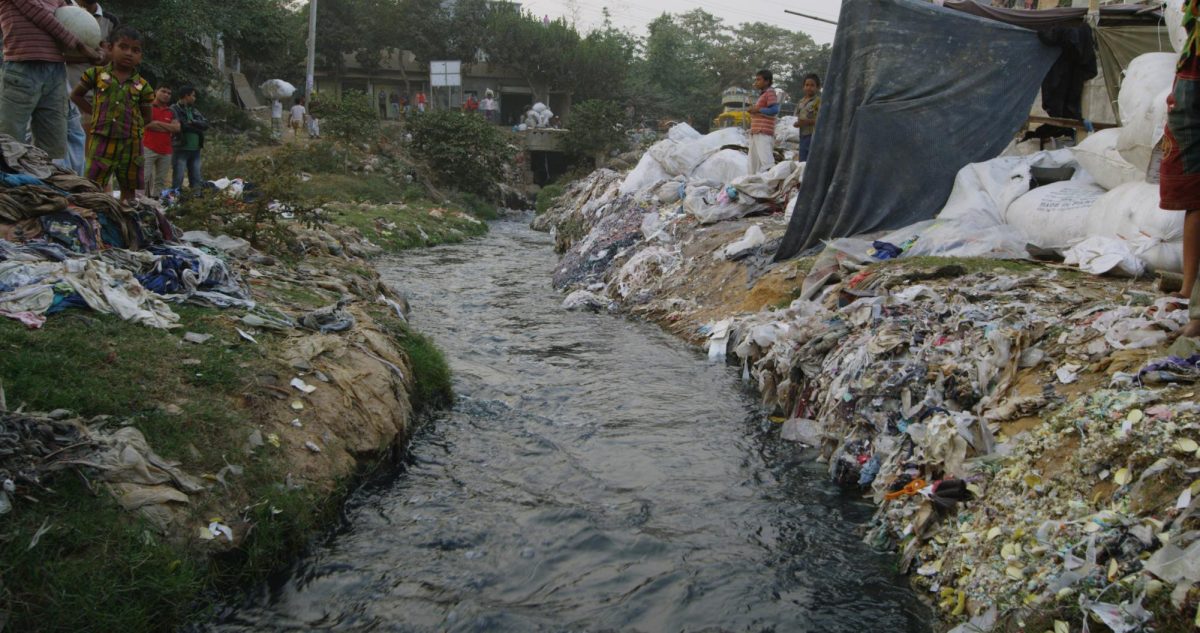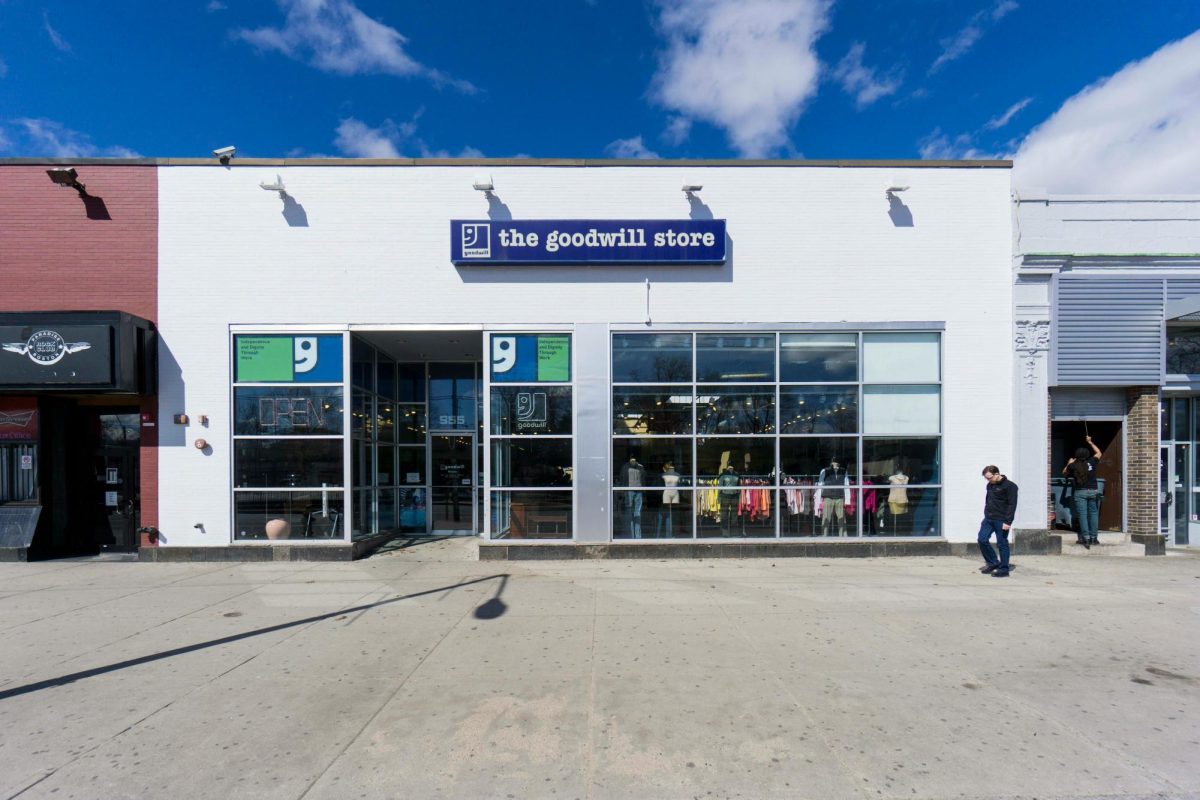Filmmaker Roger Williams traveled to 11 countries to document the environmental impact of fast fashion for his documentary “RiverBlue” – and was horrified by what he witnessed.
When he stepped off the plane in Bangladesh, Dhaka, he was hit with the smell of chemicals that gave him a headache every day for the next 10 days.
In China, he witnessed the suffering of residents, camping out beside the polluted lakes. He watched them work in the factories with little pay.
In Indonesia, he toured the Jatara River as it bubbled like a witch’s cauldron from pollution.
“Unfortunately, fast fashion has gotten worse since the documentary,” said Williams, whose documentary debuted in 2017.
Fast fashion seeks to sell large volumes of clothing to consumers by quickly designing, manufacturing and marketing items as cheaply as possible. It uses low-quality materials and discards clothes that don’t immediately sell.
Shein, which is the largest fashion shop in the world, releases between 2,000 and 10,000 new styles on its app each day. They manufacture test batches of garments weighing between 50 and 100 pounds for every item listed on the site.
Here in New Jersey and across the county, racks in the many thrift stores are burdened with the weight of Shein’s clothes, as consumers buy them and only wear them a few times, if at all.
A TikTok trend that started in 2021 showcases thrifters who discover that a majority of the thrift store’s inventory is now Shein – and they aren’t proud of it. There is even a TikTok challenge where thrifters count how many Shein clothes they can find in the stores, like a competition.
Other clothing brands are now racing to compete and produce more styles faster. This approach to clothes manufacturing has huge implications for the environment and workers who manufacture them.
Jintang, China, is now the “blue jean capital,” producing over 300 million jeans a year.
One pair of jeans takes 920 gallons to make, 400 megajoules of energy, and 32 kilograms of carbon dioxide. That is the equivalent of driving 78 miles, running a garden house for 106 minutes, or powering a computer for 556 hours, according to the RiverBlue documentary.
When factory workers in China dedicate more than their time and energy to their jobs, they also yield their lives. Williams observed that there was rarely a person beyond the age of 50 working in the factories.
“The saddest thing I witnessed was the working conditions of the people there,” said Williams. “They use the stained water from the river for cooking and cleaning. The river is more chemicals than water.’
The most effective way consumers can conquer the fast-fashion monster is to not contribute to it.
Consumers can buy less and wear clothes longer. One study found that young people are wearing items no more than 10 times before throwing them out. According to Environmental Protection Agency data, the U.S. discards an average of 76 pounds of clothing per person annually.
Customers can also shop from eco-friendly brands that have serious environmental standards, pay a fair wage, and are committed to safe working conditions. For example, in 2022, the outdoor clothing company Patagonia, pledged its profits totaling $100 million a year to combat climate change.
People can also upcycle their clothes – swapping them with friends and family or donating them to stores and brands that will repurpose them.
Another important factor towards not contributing is understanding why you have the urge to shop in the first place.
“Shopping actually releases dopamine in the brain,” said Michael Bolicki, Professor of Social Science at Atlantic Cape Community College.
“People today are suffering from short attention spans and because of that, the need for constant gratification increases,” Bolicki continued. “And then they want to consume more and more, which means they’re not really satisfied.”
An earlier version of this article was published in the Atlantic Cape Review, the student newspaper of Atlantic Cape Community College, which has campuses in Atlantic and Cape May Counties in New Jersey. The Atlantic Cape Review is a content partner with South Jersey Climate News.







